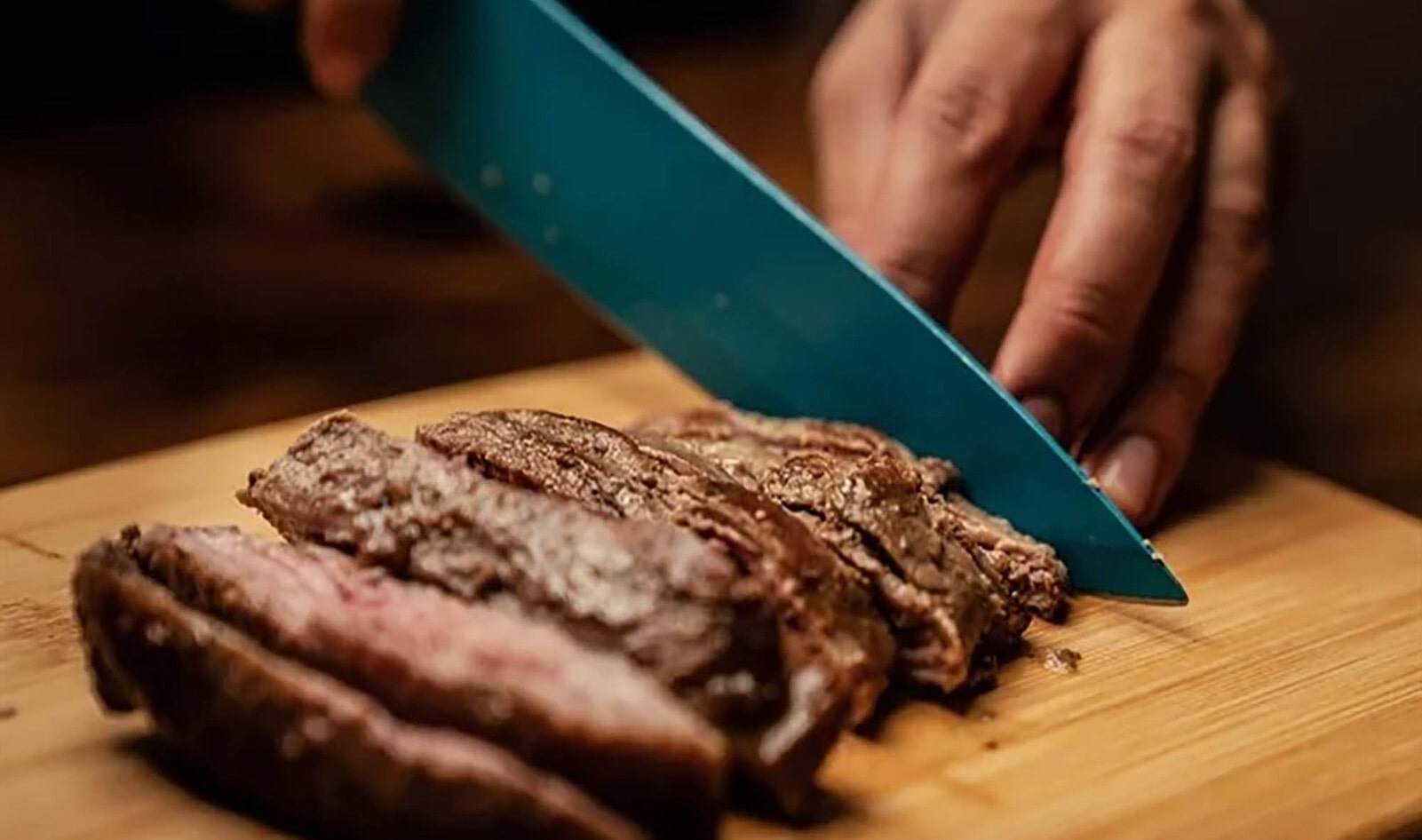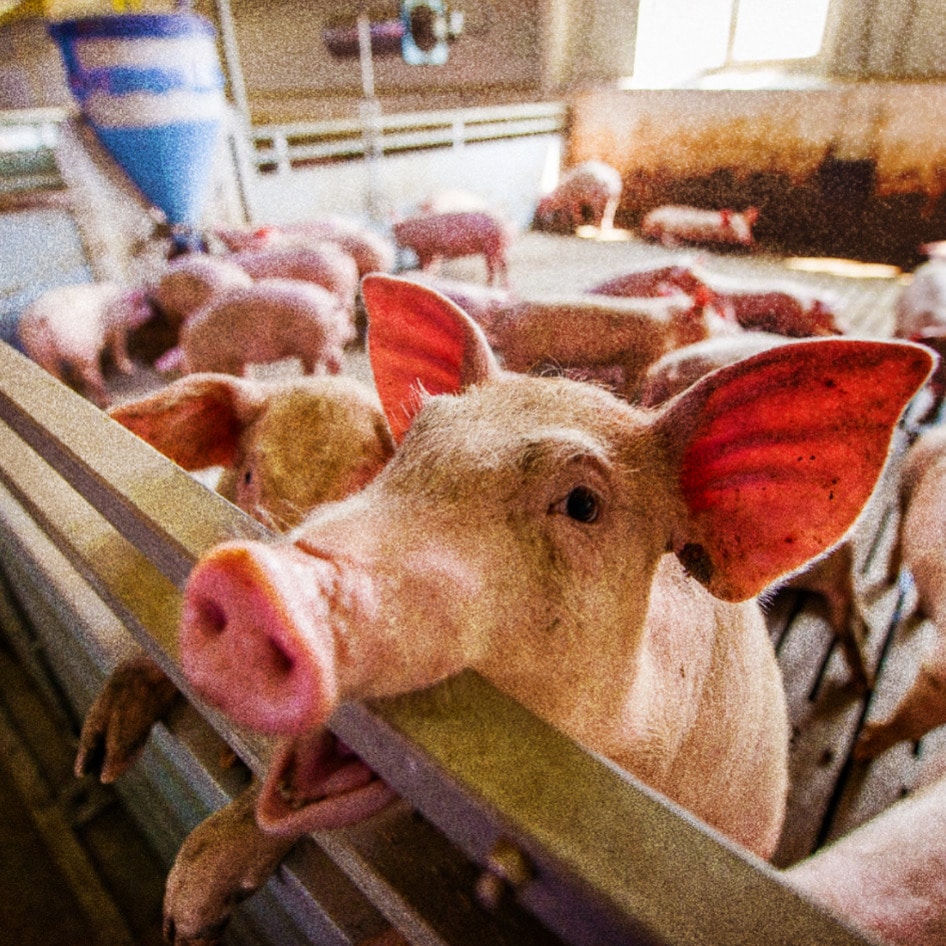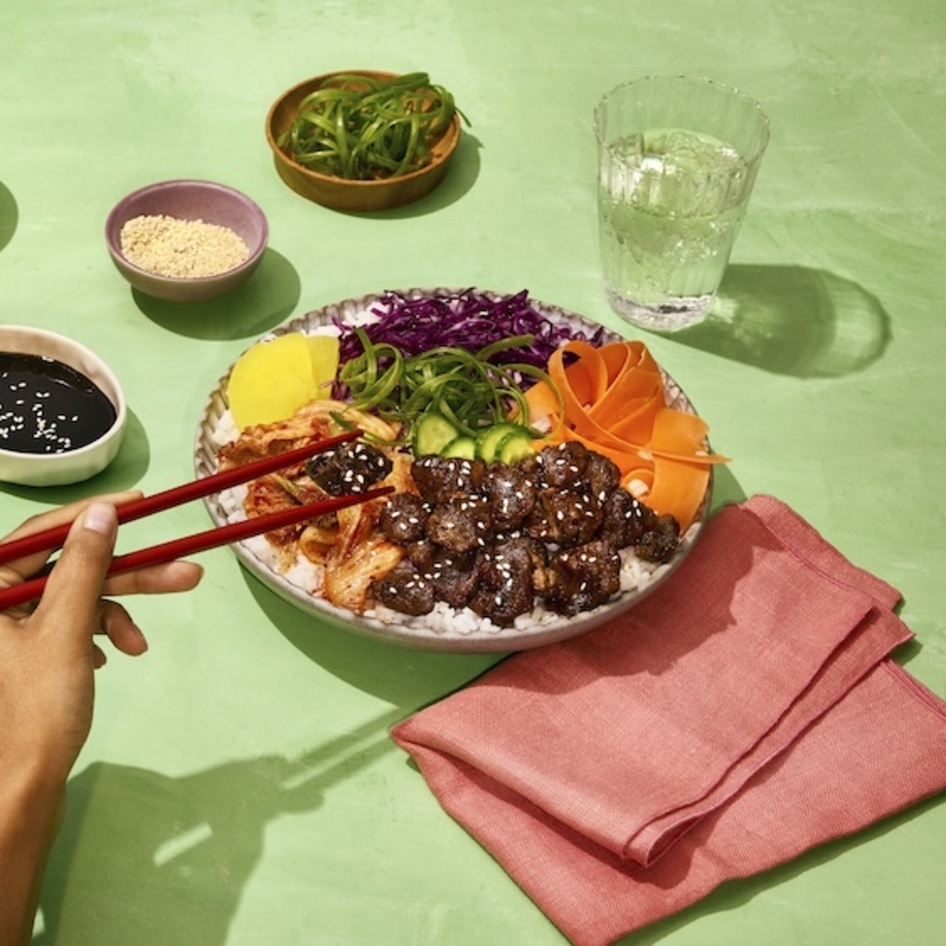Plant-based meat has come a long way in the last decade with impressive innovations from the likes of changemakers such as Beyond Meat and Impossible Foods. And although a growing number of companies are working to perfect the taste, texture, and experience of vegan meat offerings, the sector has experienced somewhat of a plateau in recent years, primarily due to the challenge of replicating the texture and mouthfeel of certain traditional meats such as T-bone steak and chicken breasts.
While most meat substitutes available in grocery stores today are made from textured vegetable protein (TVP) or wheat gluten, including burgers, nuggets, and sausages, products that resemble whole-muscle meats have proven challenging due to the extensive processing requirements and custom equipment involved.
 Beyond Meat
Beyond Meat
However, a research team from Ontario has made a groundbreaking discovery that could revolutionize the plant-based meat industry. The team has developed a novel method for creating meat substitutes that possess the fibrous qualities akin to steak or chicken breast. Crucially, their approach relies on utilizing the existing physical and molecular properties of specific plant proteins and their interactions, rather than relying on intensive processing techniques.
“We were looking at the market and we saw this opportunity to take a step back and use some fundamental ingredients such as protein and starch … to combine them and create a novel, whole meat-muscle analogue,” lead researcher Stacie Dobson, a PhD student in the Department of Food Science at the University of Guelph, said in a statement.
Using food waste to improve vegan meat
The key ingredient that provided the desired structure was zein, the primary storage protein found in corn. Zein can be isolated from corn gluten, an abundant agricultural waste product. Plant-based cheese products already utilize zein’s fiber-forming capabilities successfully.
Dobson and her team recognized the viscoelastic and stretchy properties of zein and sought to leverage them to create a fibrous system. By combining specific starches and proteins and subjecting them to “stretching,” they managed to develop a meat substitute with a texture closely resembling cooked chicken and beef.
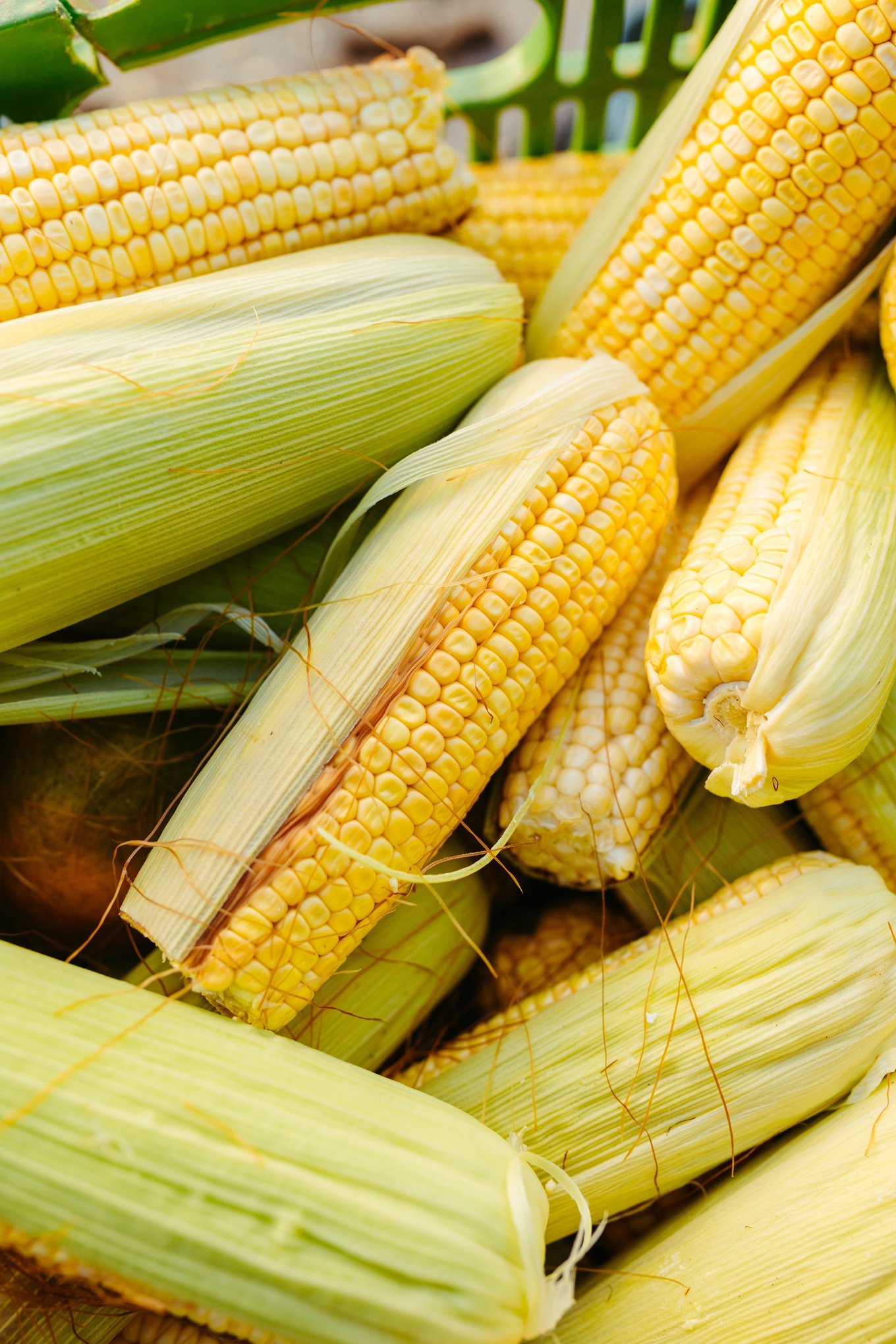 Jonathan Borba/Unsplash
Jonathan Borba/Unsplash
To gain insight into the interaction between starches and proteins and study the density differences of the fibers in their samples, the researchers utilized the Biomedical Imaging and Therapy Facility (BMIT) and Mid Infrared Spectromicroscopy (Mid-IR) beamline at the Canadian Light Source at the University of Saskatchewan.
“The Canadian Light Source is a fantastic resource,” Dobson said. “FTIR (Fourier Transform Infrared) Spectromicroscopy is a very unique technique. It’s as if you took a picture of your sample, and then you go to look at each of the pixels that make up your picture.”
“They can tell you information about your sample. In our case, we were able to differentiate what happens around the fibers,” Dobson added.
Dobson and her team hope that their findings will inspire further research and development by other scientists and companies. Their ultimate goal is to create affordable whole-muscle meat substitutes that better meet consumers’ expectations regarding texture.
Keys to consumer acceptance
This groundbreaking advancement in the field of plant-based meats could mark a turning point in the industry, offering consumers an alternative that closely replicates the texture of their favorite cuts of meat without relying on extensive processing methods.
According to a study conducted by Good Food Institute (GFI) with consumer research firm Mindlab that studied the drivers of purchase intent for plant-based meat, consumers consider taste and price the two most important factors in purchasing a plant-based product.
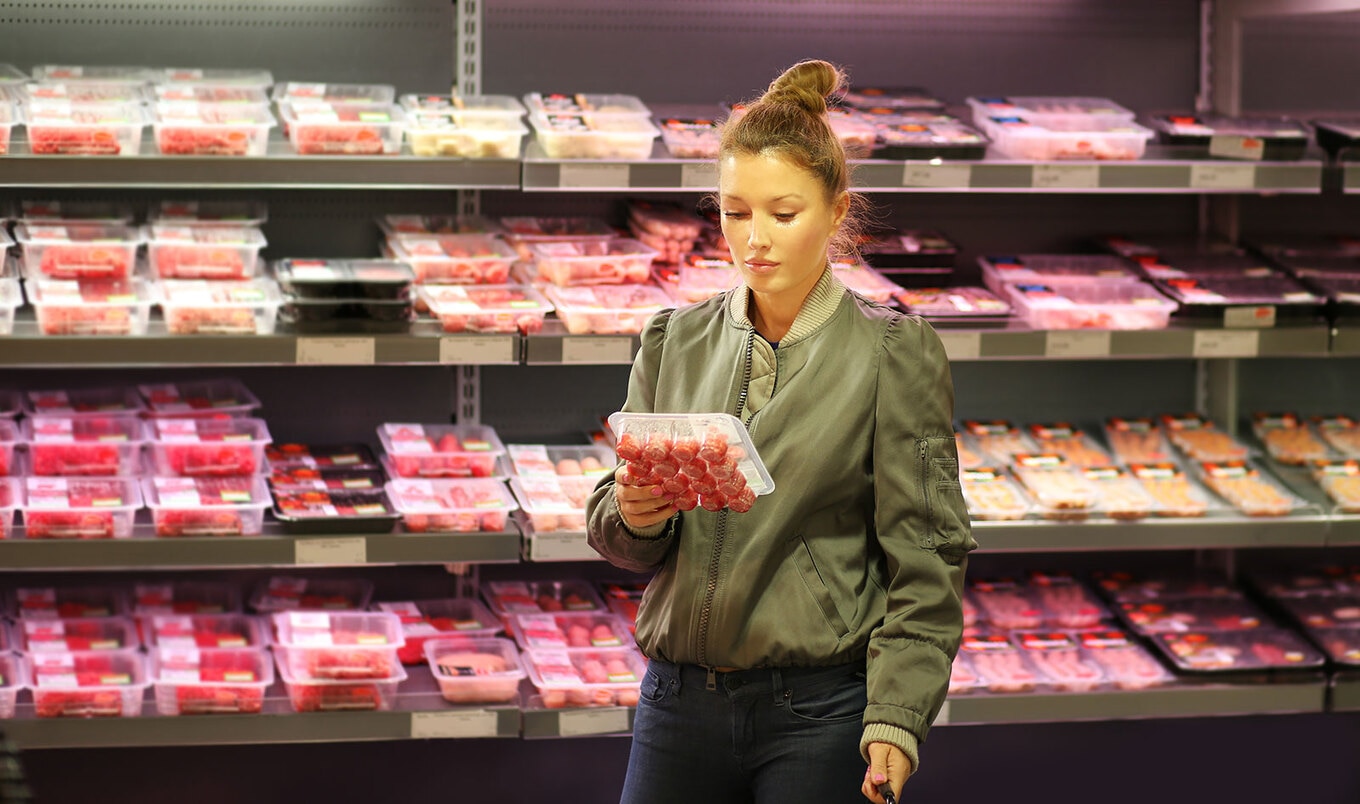 Adobe
Adobe
Achieving price parity is vital for mainstream adoption because consumers are more likely to try a new plant-based option that is not much more expensive than its animal-based counterpart. However, to get there, plant-based foods have a few looming obstacles, including the ability to achieve the same economies of scale as the animal agriculture industry, which has been able to keep costs down because it has been slaughtering animals for food for decades at a large scale with the help of government subsidies.
A 2021 report by investment firm Blue Horizon and business consultant BCG also notes that alternative proteins must taste and feel as good as the conventional foods they replace and cost either the same or less.
“Reaching price parity comes down to scale,” Emma Ignaszewski, Corporate Engagement Project Manager at GFI, previously told VegNews. “Making the plant-based meat supply chain more efficient and more resilient to risks can result in lower costs for the manufacturer—and ultimately, more affordability for the consumer.”
For the latest vegan news, read:
JUMP TO ... Latest News | Recipes | Guides | Health | Subscribe

